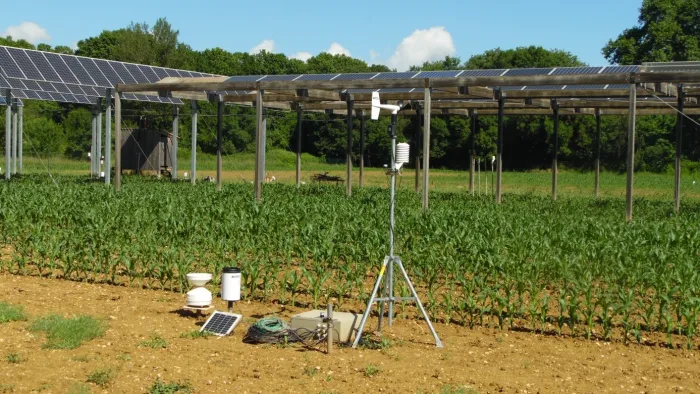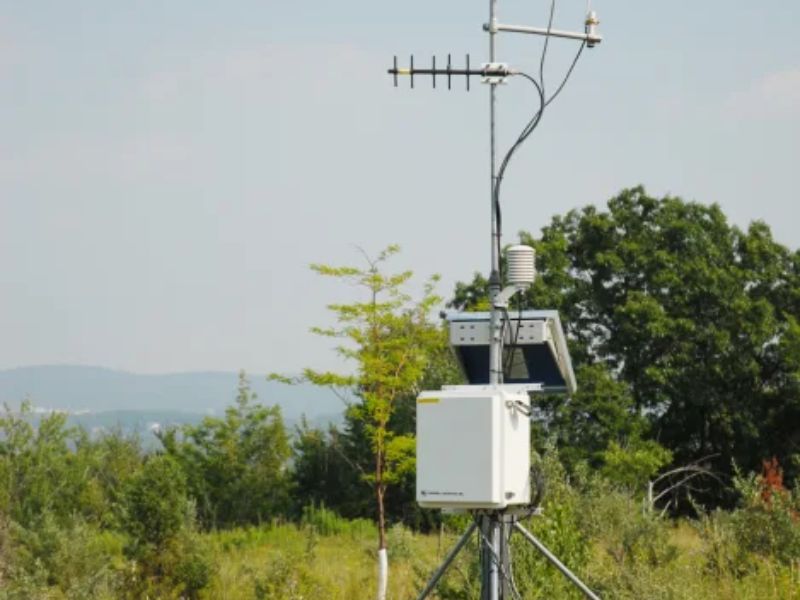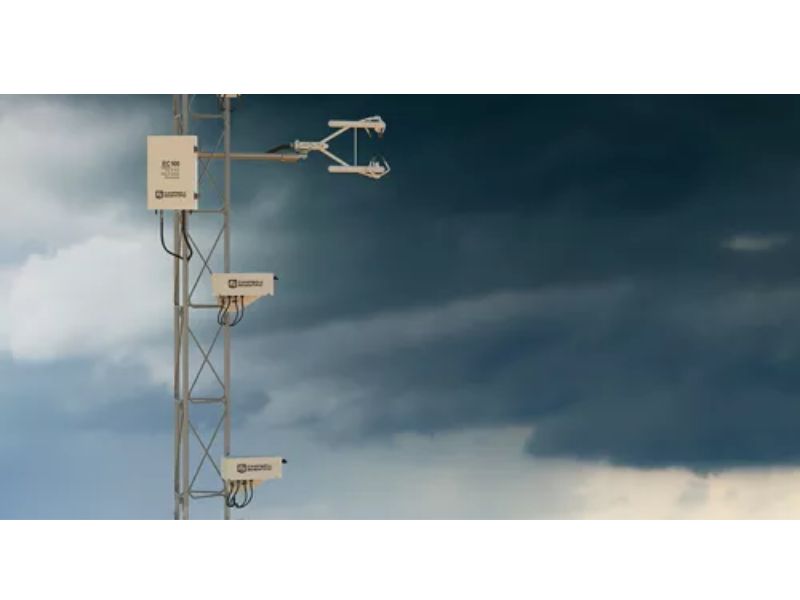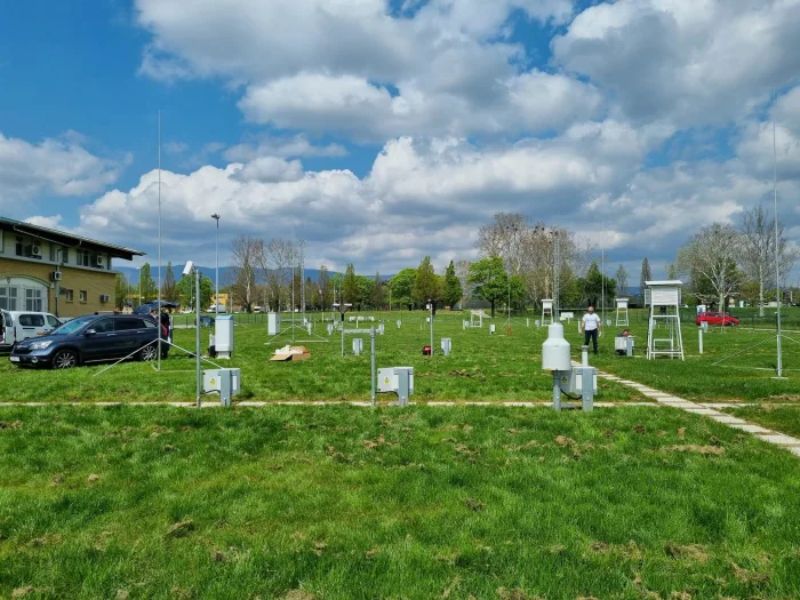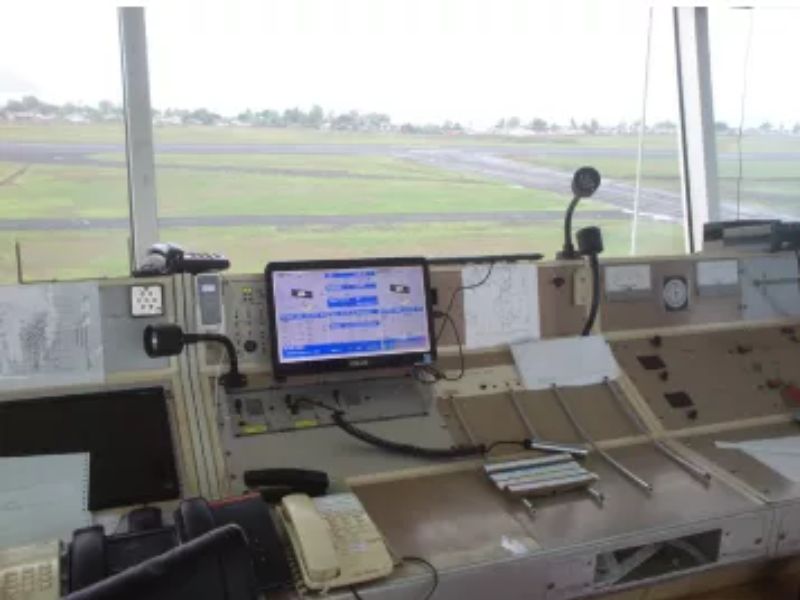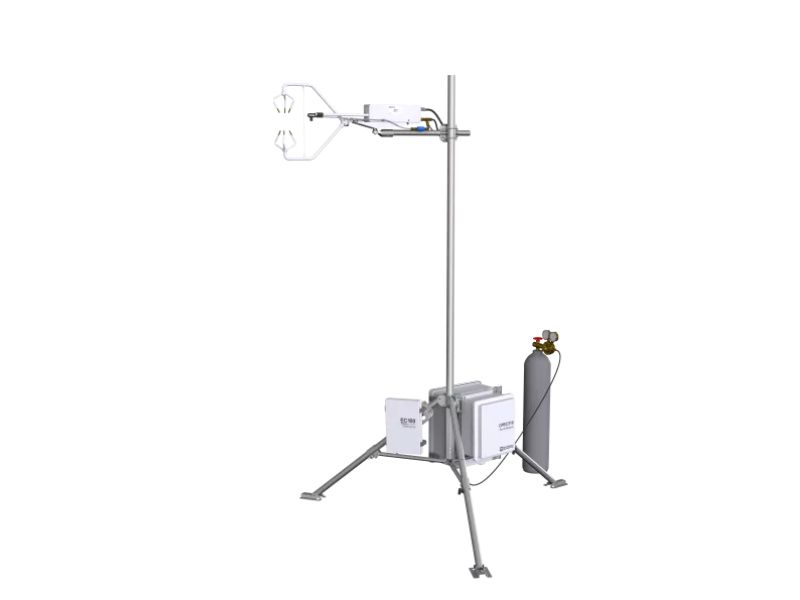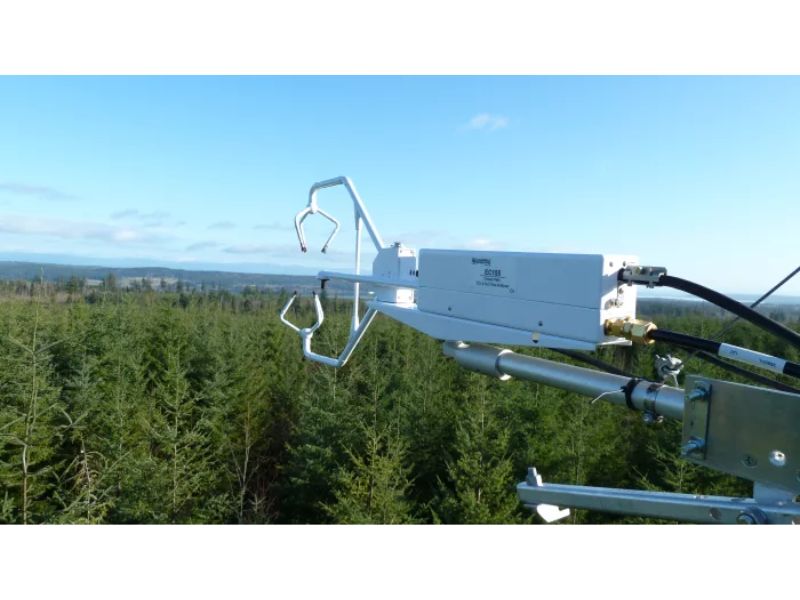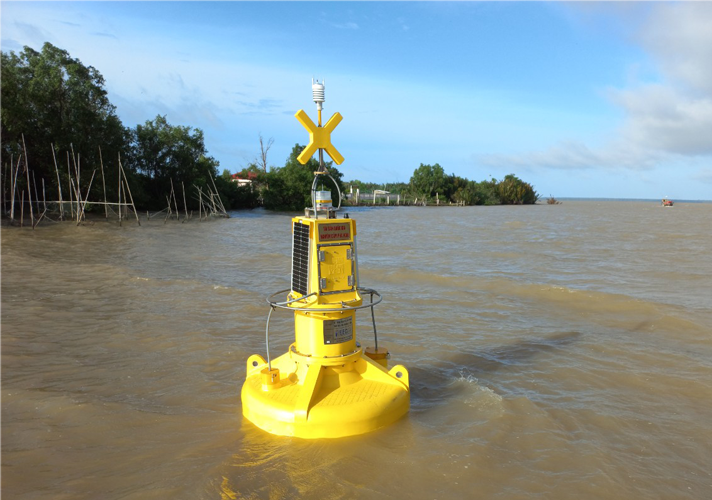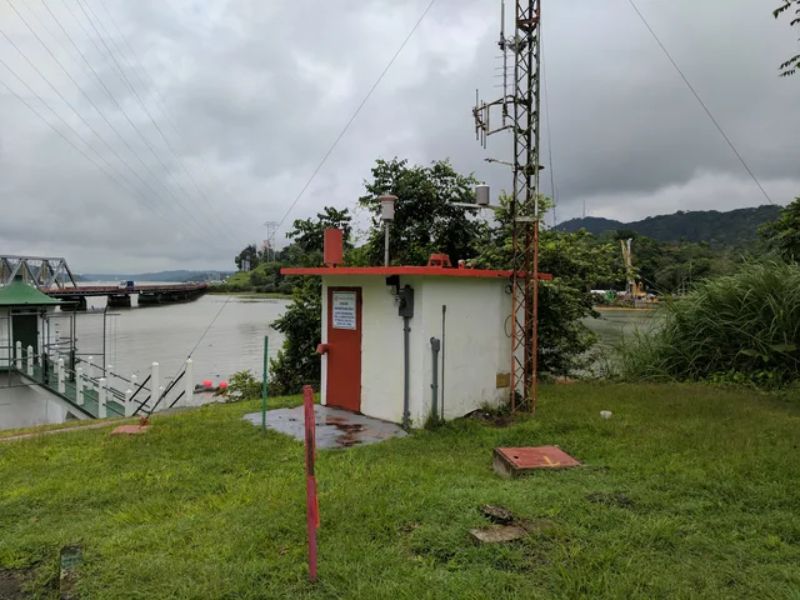The Harmful Algae Monitoring and Control System for Drinking Water Reservoirs is a comprehensive solution designed to protect water quality from harmful algae growth. The system utilizes advanced technology such as the bbe AlgaeOnlineAnalyser and bbe FluoroProbe to continuously monitor and measure algae concentration and activity in the reservoir. With its early detection and rapid alert capabilities, the system ensures water safety, optimizes treatment processes, and minimizes health risks from biological toxins.
Product
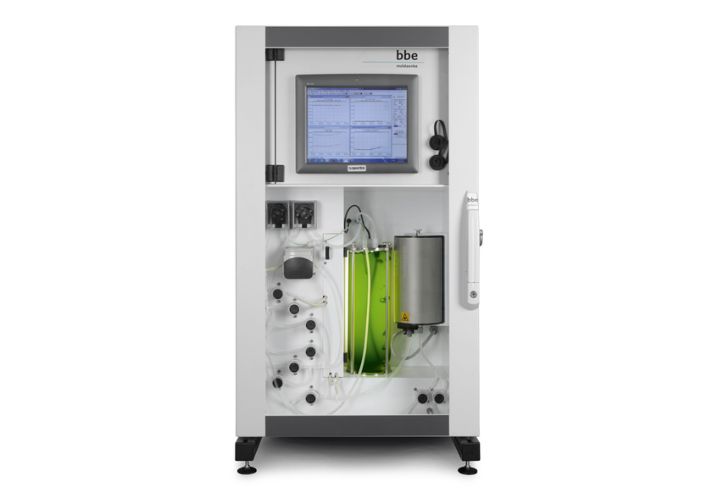
AlgaeToximeter II
- Drinking water supply
- Dam monitoring
- Waterway analysis and assessment
- General environmental assessment
- Intake monitoring
- Chemical analysis
- Limnological work
- Research and education
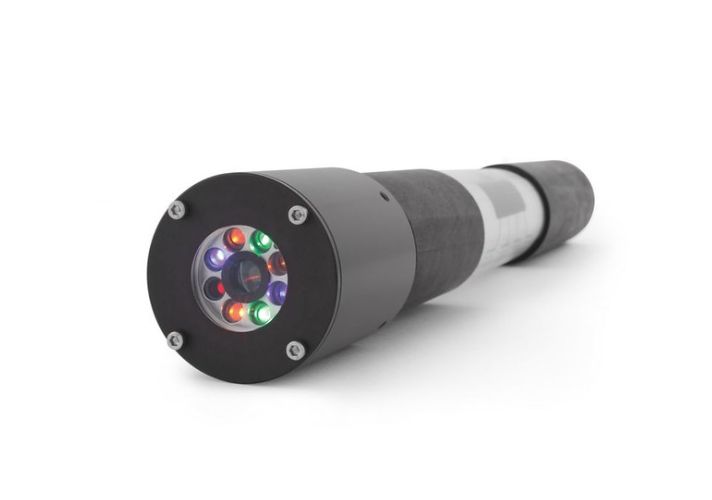
AlgaeTorch
- 0-500 µg chlorophyll-a/l
- resolution 0.1 µg/l
- software chlorophyll determination & cyanobacteria (blue-green algae) detection
- handheld, internal software
- data transfer and operation with laptop or PC
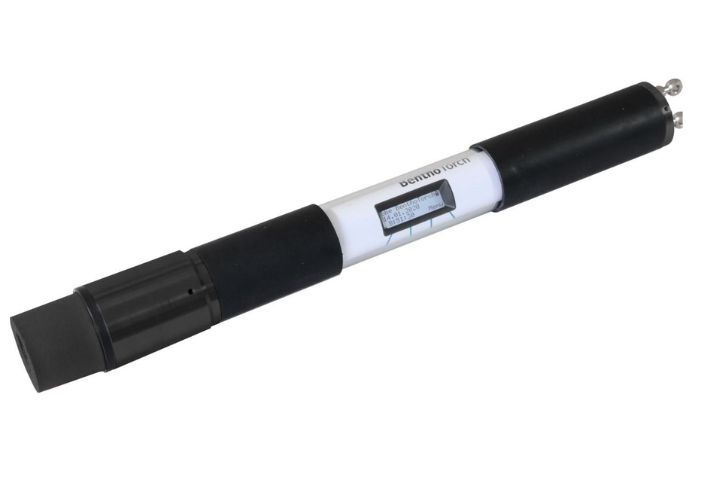
BenthoTorch
- 0-10 µg chlorophyll-a/cm2
- resolution 0.2 µg/cm2
- handheld
- internal software
- data transfer to laptop or PC via USB
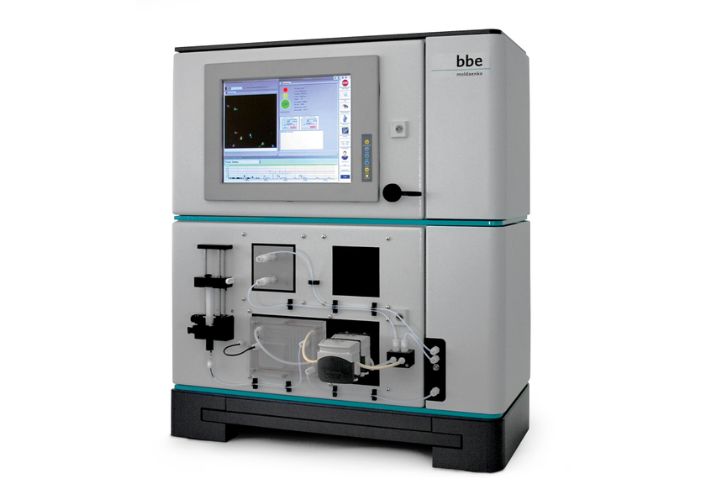
DaphTox II source-water protection
Applications
- dam monitoring
- waterway analysis and assessment
- general environmental monitoring
- intake assessment
- drinking water supply
- risk analysis
- limnological work
- research and education
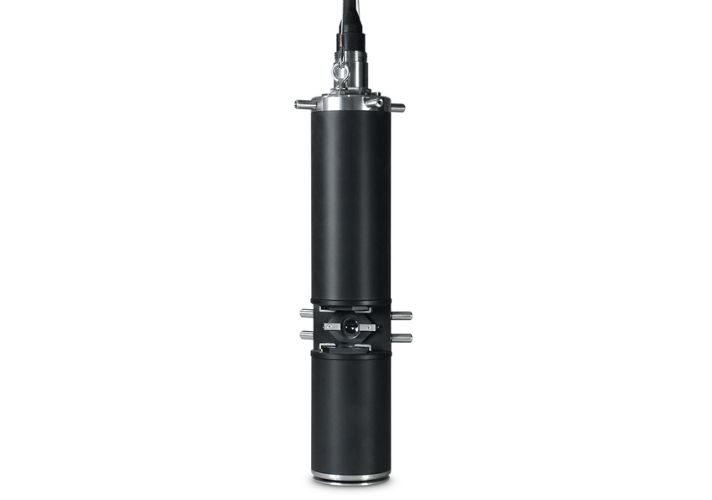
FluoroProbe
- Environmental monitoring
- Early warning system for algae blooms in limnological and marine waterways
- Bathing water monitoring of blue-green algae (cyanobacteria)
- Drinking water monitoring of (toxic) blue-green algae
- Pre-warning of the occurrence of poisonous algae (e.g. cyanobacteria toxins)
- Detection of chlorophyll and other pigments such as phycocyanine and phycoerythrine, fucoxanthine and peridinine
- Aquaculture monitoring
- Dam monitoring
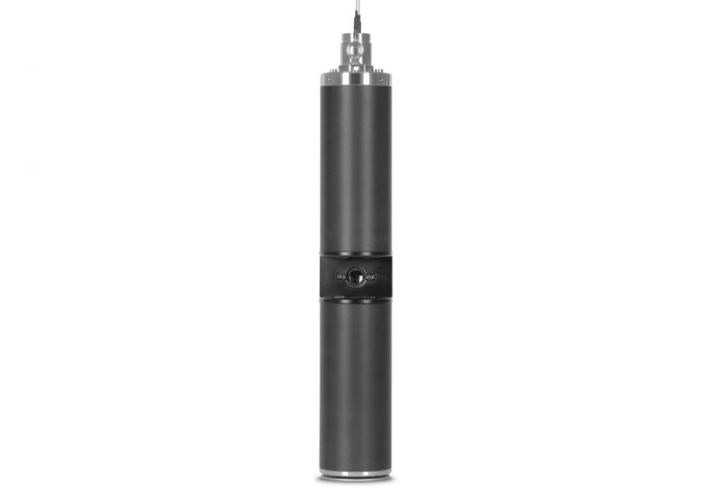
PhycoProbe
- Reservoir monitoring
- Process tracking in waterworks
- Drinking water monitoring for blue-green algae
- Monitoring of bathing water for blue-green algae
- Environmental monitoring
- Cooling and production water control
- Limnological work
- Research and teaching
- Oceanography
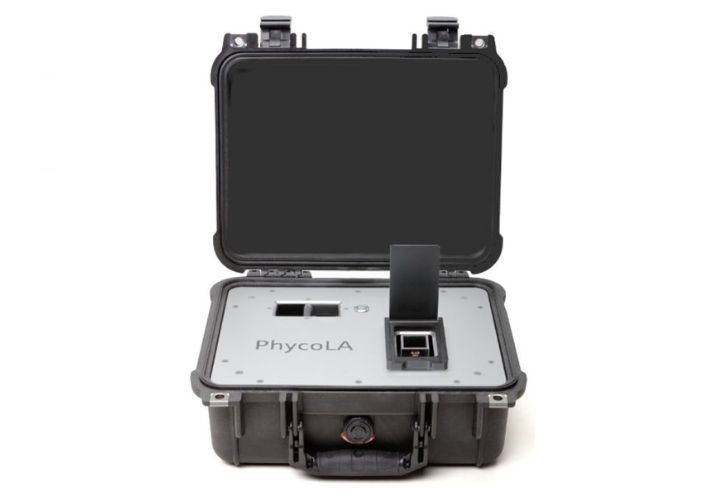
PhycoLabAnalyser
- Online water quality assessment
- Reservoir monitoring
- Process tracking in waterworks
- Environmental and hygiene monitoring
- Chemical assessment
- Cooling and production water control
- Limnological work
- Research and teaching
- Oceanography
- Aqua culture monitoring
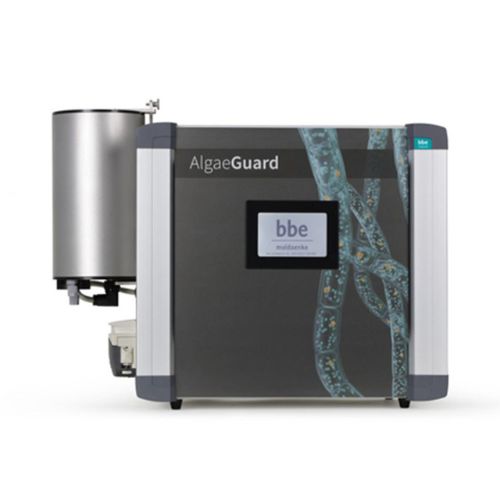
AlgaeGuard
- algae differentiation
- Yellow Substances correction
- extended sensitivity
- transmission measurement
- automatic cleaning device
- determination of prompt fluorescence and calculation of chlorophyll-a
- 0-500µg chlorophyll-a/l
- resolution 0.05 µg/l
- up to 16 4-20mA and 16 digital outputs (optional)
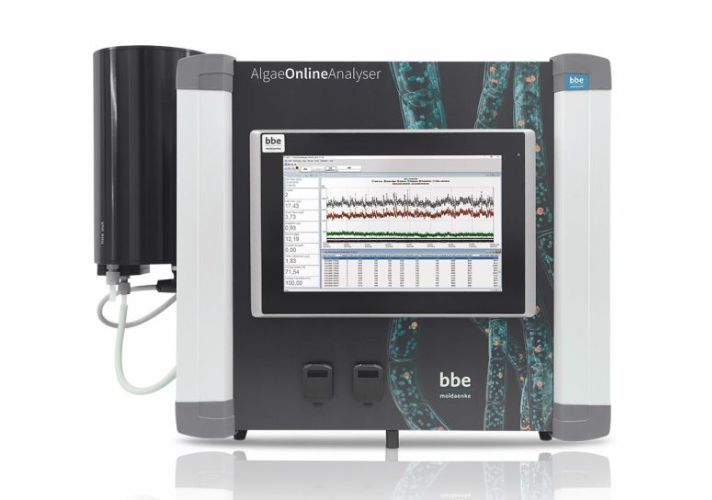
AlgaeOnlineAnalyser – Online detection of algae classes
- algae differentiation
- yellow substance measurement
- extended sensitivity
- transmission measurement
- automatic cleaning device
- peristaltic pump
- bbe software for Windows
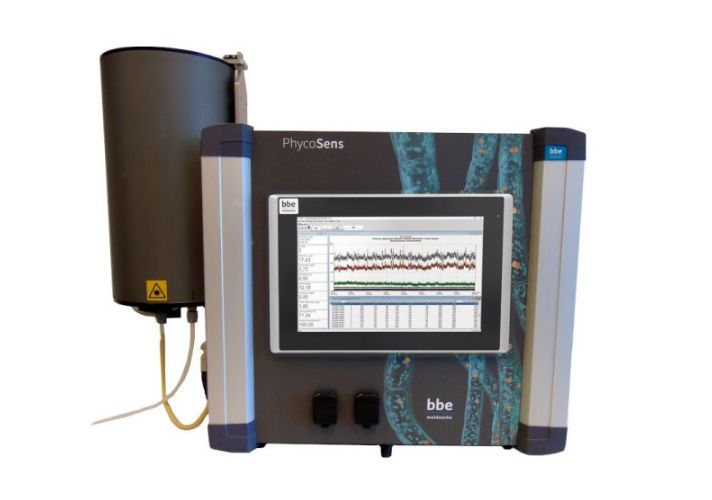
PhycoSens
- Online water quality assessment
- Reservoir monitoring
- Process tracking in waterworks
- Environmental and hygiene monitoring
- Chemical assessment
- Cooling and production water control
- Limnological work
- Research and teaching
- Oceanography
- Aqua culture monitoring
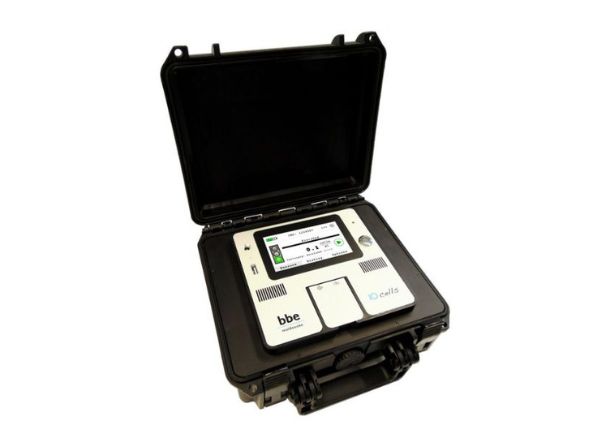
10 CELLS
Item number: BG0061.0000
Overview
Climate change and extensive agricultural activities are endangering drinking water reservoirs in many countries. Eutrophication has turned water dams into favorable environments for harmful algae blooms. Controlling blooms of phytoplankton, including cyanobacteria, has become a top priority for aquatic system managers, especially concerning drinking water protection, recreational activities, and aquaculture production.
A serious issue is that some cyanobacteria produce compounds that cause unpleasant tastes and odors, such as geosmin and 2-Methylisoborneol (MIB). These compounds result in off-flavors in drinking water, negatively impacting water quality and requiring significant investment in water treatment measures. Furthermore, cyanobacteria can also synthesize harmful biological toxins that pose health risks and contribute to high fish mortality rates.
Managing lakes, reservoirs, and rivers to monitor cyanobacterial blooms is crucial for protecting human health. A notable example is the project at the Solingen waterworks in Germany, where a series of measures have been implemented to control the harmful cyanobacteria Planktothrix rubescens.
Sample project: Solingen waterworks

The harmful cyanobacterium Planktothrix rubescens is one of the primary causes of harmful algae blooms and is a frequent producer of microcystin toxins, which can cause liver damage and cancer. In the spring of 2013, following reports of dog deaths after drinking water from the Sengbach dam, studies identified an increase in Planktothrix rubescens and subsequently a large algal bloom in the Sengbach dam water.
|
|
|
The waterworks had to suspend water production for three months to conduct daily laboratory tests and supplement with continuous monitoring using the AlgaeOnlineAnalyser starting from early May 2013. The use of this device significantly reduced the time required for traditional microbiological analysis and established an alarm threshold for continuous 24/7 monitoring of harmful algae.

1. Continuous Monitoring with AlgaeOnlineAnalyser
To address the situation, the Sengbach waterworks deployed the AlgaeOnlineAnalyser starting in early May 2013. This device significantly reduced the time required for traditional microscopic analysis and provided continuous 24/7 monitoring of harmful algae growth. The AlgaeOnlineAnalyser not only measures algae concentration but also assesses algae activity, offering crucial information about the dynamics of algae blooms. This helps optimize the drinking water treatment process.
|
|
|
2. Rapid Laboratory Analysis with AlgaeLabAnalyser
In addition to continuous monitoring, the waterworks also utilized the AlgaeLabAnalyser to quickly and accurately test algae concentration in water samples collected from surrounding lakes and rivers. This method ensures timely responses to harmful algae incidents, contributing to improved quality of the input water for the plant.
Fluorometric measurement is a reliable method that allows real-time, on-site determination of algae concentration. Comparisons between laboratory analysis (cell counting) and AlgaeOnlineAnalyser measurements are consistent—see the image below.
|
|
|
The AlgaeOnlineAnalyser also measures algae activity to provide information on bloom dynamics. This information helps optimize the drinking water treatment process.
3. Algae Layer Measurement with FluoroProbe
Planktothrix rubescens often concentrates at the thermocline in the reservoir. To determine the optimal water intake depth, the FluoroProbe was used to measure algae stratification. The results indicated that a depth of 12 meters is the best point for water intake with the lowest algae content, ensuring the highest water quality for drinking water production.
|
|
|
|
Results Achieved and Practical Application
After implementing the comprehensive monitoring and control solutions, algae concentration at the Sengbach dam was significantly reduced and maintained at safe levels, below the WHO alarm threshold. This not only helps protect public health but also minimizes the costs and efforts associated with water treatment.
The WHO recommends that cyanobacteria concentrations in drinking water should be below 1 µg/l. During peak times, cyanobacteria levels at the Solingen waterworks exceeded 20 µg/l. However, thanks to the use of the AlgaeOnlineAnalyser, managers were able to control and maintain algae concentrations at safe levels.
Conclusion
A comprehensive solution for monitoring and controlling harmful algae is crucial for ensuring the quality and safety of drinking water. Technologies such as AlgaeOnlineAnalyser, AlgaeLabAnalyser, and FluoroProbe have proven effective in protecting public health and optimizing the water treatment process. This model is one that other waterworks can learn from and apply to protect their own drinking water sources.












